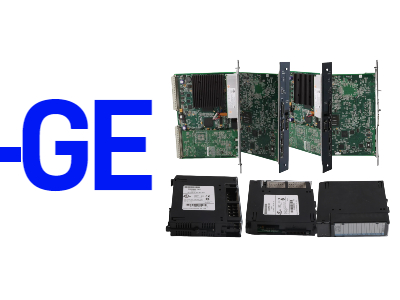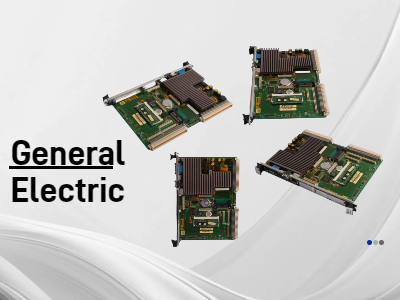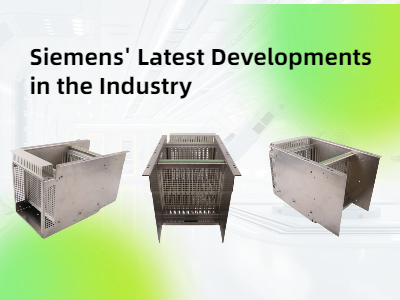How Artificial Intelligence is Revolutionizing Supply Chain Management
The Growing Importance of AI in Modern Supply Chains In today’s rapidly changing business environment, supply chains face immense pressure to keep up with fluctuating customer demands, shifting market conditions, and frequent disruptions. To meet these challenges, companies are increasingly leveraging Artificial Intelligence (AI) to enhance their supply chain operations. In fact, over 64% of businesses report increased productivity from AI adoption, underscoring its crucial role in staying competitive. Integrating AI into supply chain management has become essential for companies aiming to be agile and resilient in a volatile global marketplace. Enhancing Demand Forecasting and Inventory Management with AI AI has transformed demand forecasting and inventory optimization, two of the most critical components of supply chain management. By analyzing vast datasets, including historical sales, current trends, and external factors like weather and global events, AI can predict future demand with high accuracy. This enables businesses to optimize inventory levels, avoiding both overstock and stockouts. With AI-driven insights, companies can make more informed decisions, reducing costs and improving customer satisfaction by ensuring the right products are available precisely when needed. Boosting Efficiency with Intelligent Automation Beyond demand forecasting, AI is driving supply chain efficiency through intelligent automation. By automating repetitive tasks such as order processing, inventory tracking, and shipment monitoring, AI reduces manual intervention and the potential for human error. This automation not only increases operational speed but also frees up valuable resources for strategic initiatives. By relying on automated systems to handle daily operations, businesses can focus on growth and innovation while maintaining smooth, efficient workflows. Strengthening Supply Chain Resilience with Real-Time AI Insights In a world filled with unexpected disruptions, resilience has become a top priority for supply chain managers. AI significantly enhances resilience by offering real-time insights that help detect and respond to disruptions before they escalate. For instance, AI can identify potential issues like demand spikes, transportation delays, or inventory shortages early on, allowing companies to take preemptive action. With AI, businesses can make informed decisions quickly, ensuring they are prepared to handle whatever challenges arise, from natural disasters to supplier delays. Enhancing Agility and Responsiveness to Market Changes AI’s ability to enable agility is a game-changer for supply chains adapting to fast-evolving market conditions and consumer preferences. With AI-driven insights, businesses can quickly adjust inventory and logistics strategies to match changing demand patterns. By analyzing factors like weather, traffic, and market data, AI can optimize delivery routes and schedules, helping to ensure timely deliveries and cost sav...
All Blogs
 What is Experion PKS Honeywell?
What is Experion PKS Honeywell?
 General Electric: Pioneering the Path to Sustainability and Innovation
General Electric: Pioneering the Path to Sustainability and Innovation
 General Electric Leading the Charge in Renewable Energy
General Electric Leading the Charge in Renewable Energy
 Siemens' Latest Developments in the Industry
Siemens' Latest Developments in the Industry
 From Assembly Line Stress to Strategic AI-Driven Supply Chains
From Assembly Line Stress to Strategic AI-Driven Supply Chains
 Transforming Your Business with Smart Supply Chains
Transforming Your Business with Smart Supply Chains